This post may contain affiliate links. For more information, please see our affiliate policy.
Not all wine is meant to be aged, and more expensive doesn’t always mean better. I’m clearing up some of the biggest wine myths and sharing wine facts that will help you become a more informed shopper and sipper!
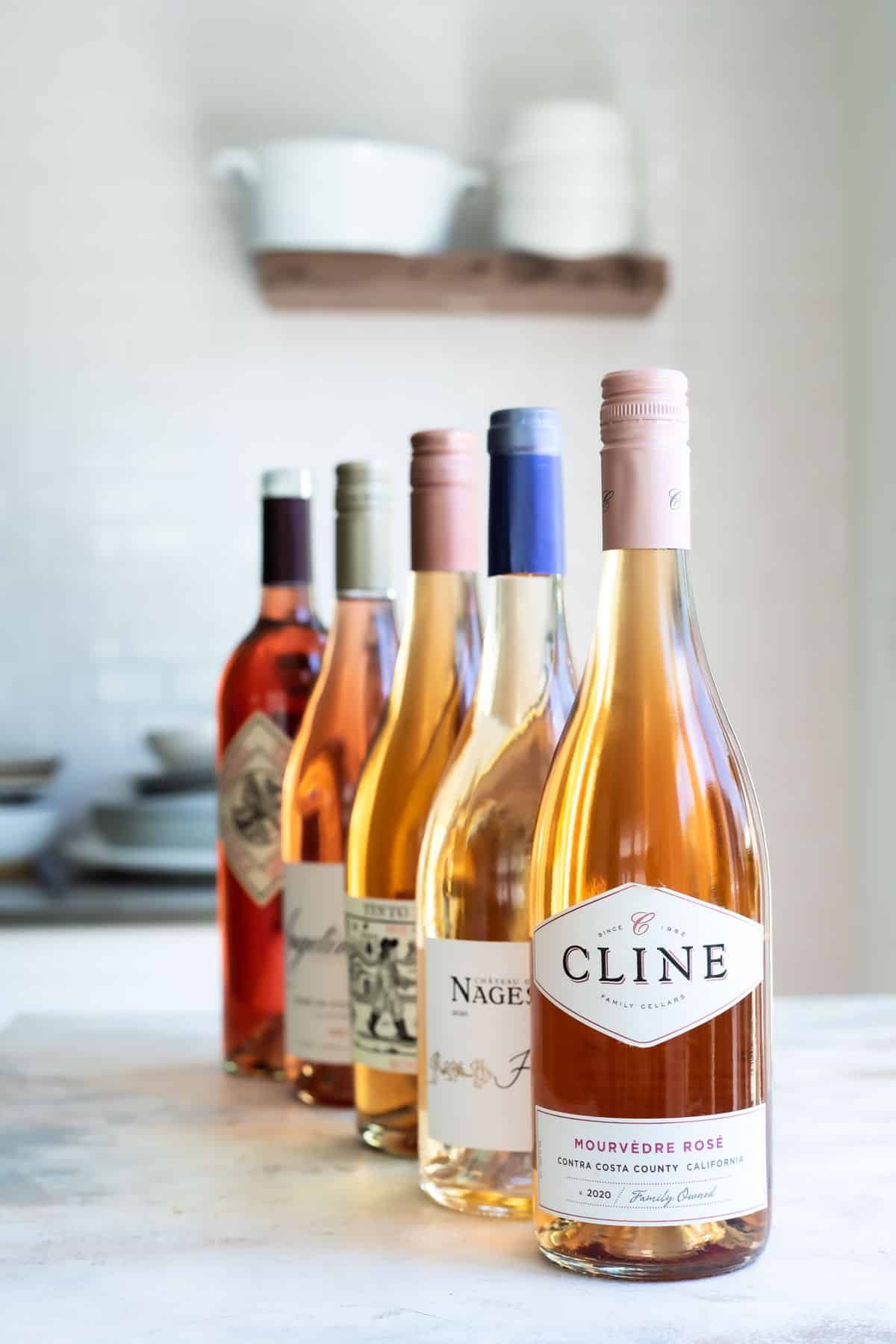
Now that we’ve covered the basics of red wine, white wine, rosé wine, and all things sparkling, I couldn’t resist taking a moment to clear up a few wine myths about all of the above.
Curious about what really causes hangovers? (Psst…it’s not the sulfites or tannins!) Wondering when to allow your wine to age? I’ve got answers for both, and much more, as I separate wine fact from fiction.
Table of Contents
- Myth: The older the wine, the better.
- Myth: Wine in a box or can is subpar.
- Myth: A wine’s “legs” is a clue about its quality.
- Myth: Budget-friendly wine is bad wine.
- Myth: Always pair meat with red wine and fish with white wine.
- Myth: Wine blends are inferior to single-varietal wines.
- Myth: Natural or sulfite-free wines won’t give you a hangover.
Myth: The older the wine, the better.
In other words, tuck that wine away for years and it will only get better. That’s actually far from the truth: Many wine experts suggest that only 1% of the world’s wines are meant to be aged.
There are a few exceptions to this rule, including certain red wines, a handful of white wines, and some vintage Champagnes. However, anyone who ages wine must store it properly for it to actually get better over time (and so that it doesn’t become “corked,” AKA spoiled, or become overheated or frozen).
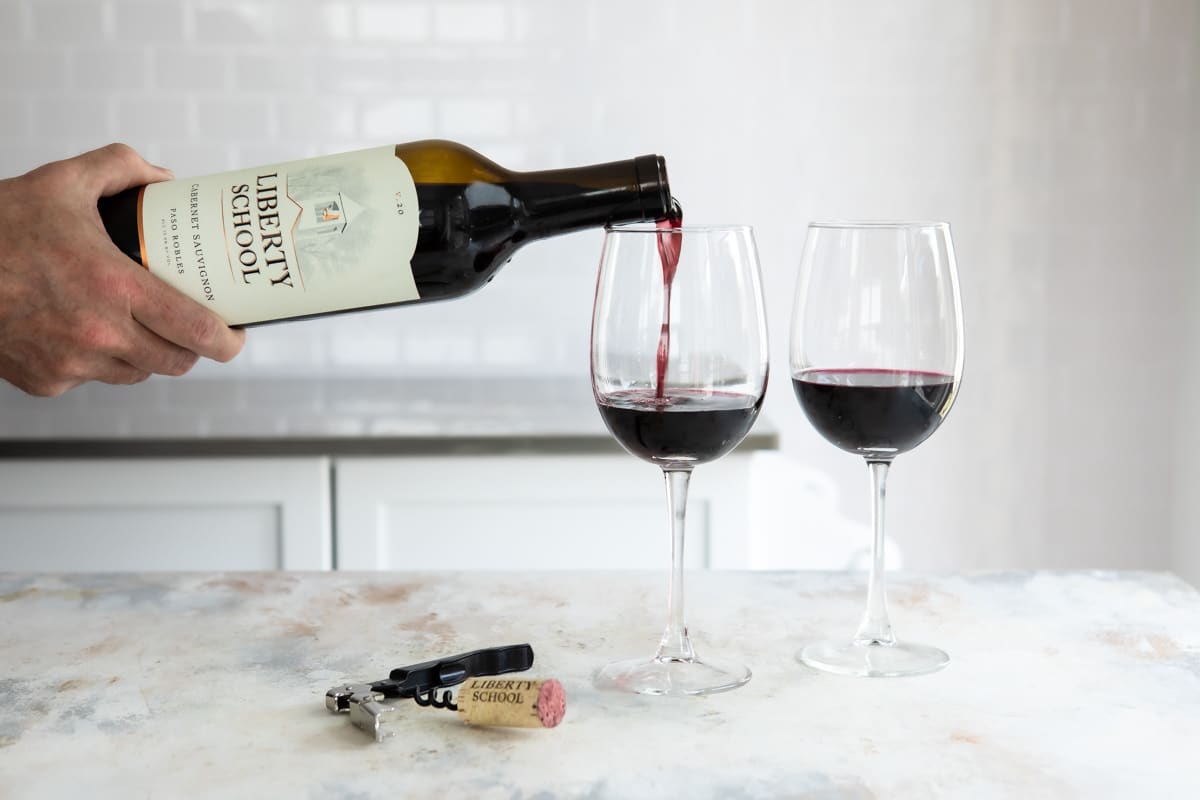
Myth: Wine in a box or can is subpar.
Don’t judge a wine by its container. You can find less-than-stellar wine sold in bottles, cans, or bottles, and you can find fantastic wines in all of those, too. The vessel it’s sold in doesn’t impact the quality of the wine, although it can affect its ability to age.
But since you now know that the vast majority of wines are designed to be consumed within 5 years anyway, that factor doesn’t matter so much. An increasing number of producers are seeking more eco-friendly alternatives to heavy-to-ship, easy-to-break glass bottles. Bags in a box and cans also protect the wine inside from light and air.
Each year, more and more surprisingly delightful wines are becoming available in portable, portion-smart cans and boxes that are perfect for parties or sipping at a slower pace than an open bottle.
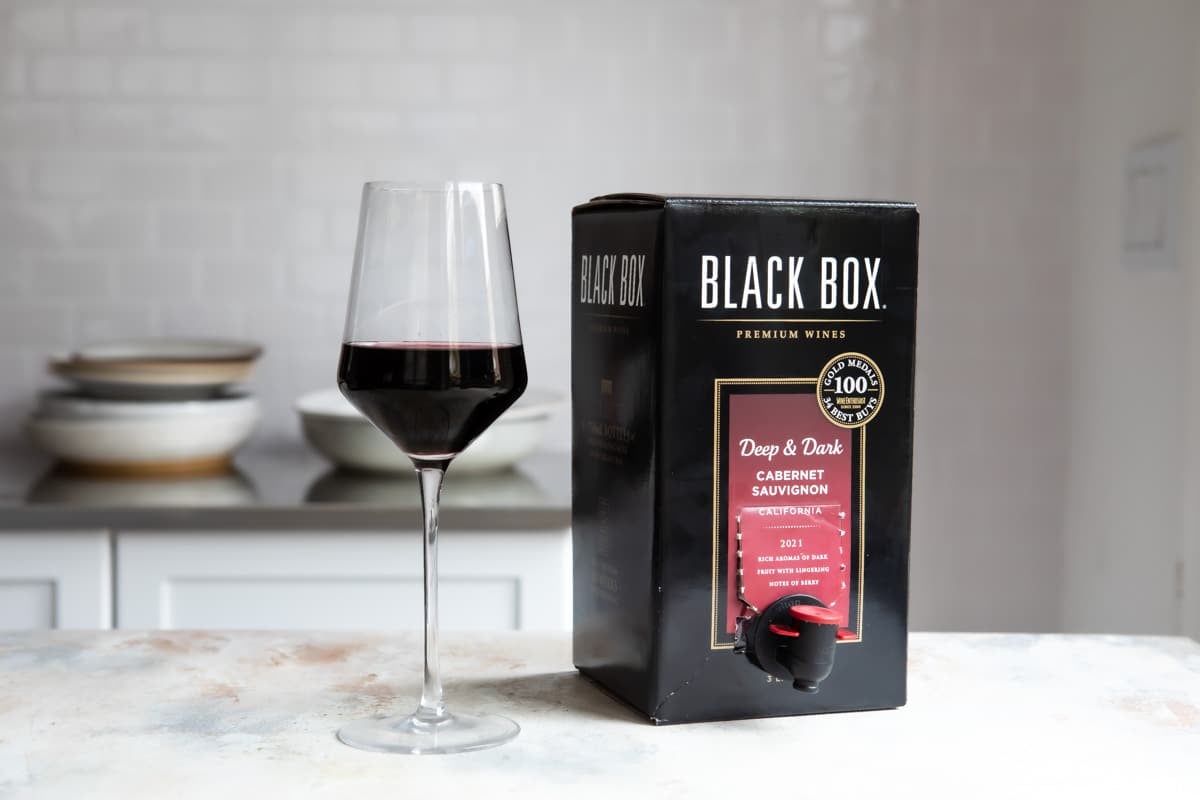
Myth: A wine’s “legs” is a clue about its quality.
In case you missed it, a wine’s “legs” are the streaks that stream down the inside of the glass after you swirl the juice in the bowl. In reality, these are only a signal of a wine’s body, or alcohol by volume (ABV). Wines with higher alcohol tend to produce wider, slower-streaming legs.
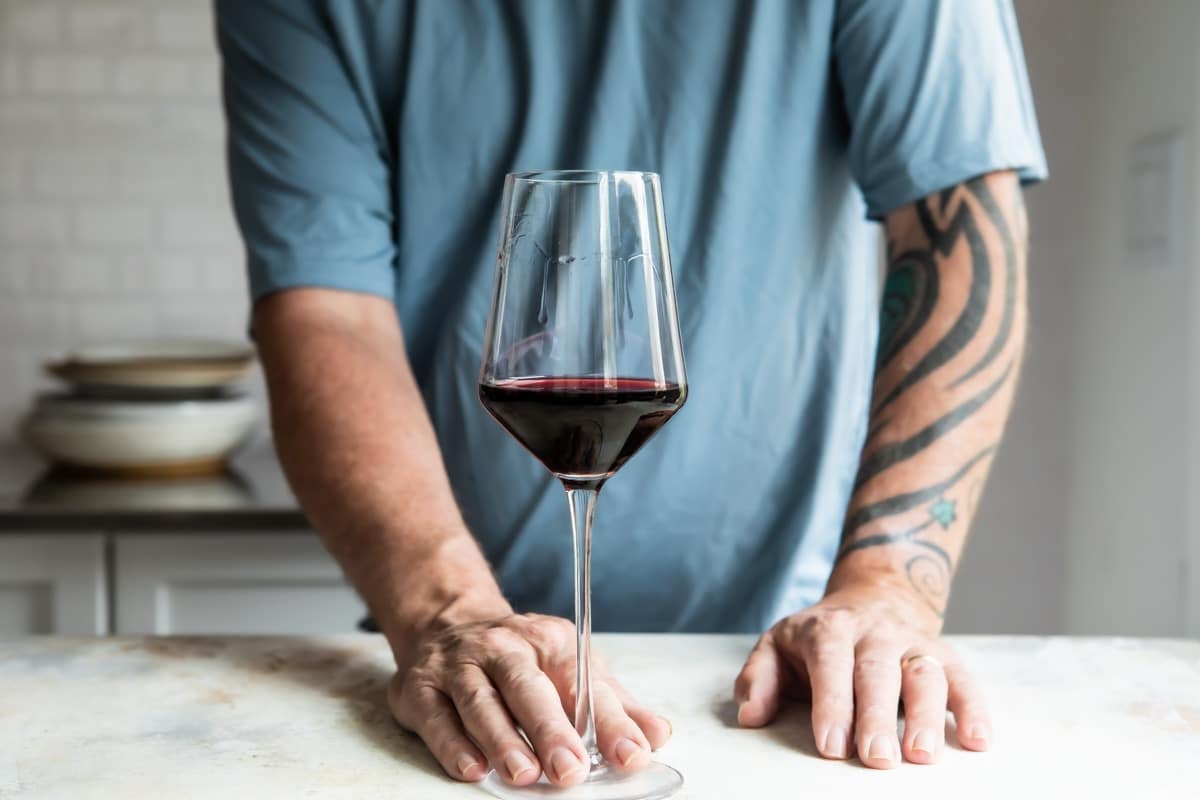
Myth: Budget-friendly wine is bad wine.
So many factors go into the price of wine, including the location of the land the grapes are grown on, the brand’s reputation, the winemaking techniques and tools, product packaging, winery staff, marketing, shipping and fuel costs, supply and demand, and even the weather (and how it impacts crop yield and production).
As you might guess, it’s a complicated equation, and you shouldn’t automatically judge a wine by its price tag as “good” or “bad.” While ultra-cheap wines in the $5 range can be made in less-than-optimal ways, there are many winemakers who are selling fantastic wines around the $15 to $30 range. (By the way, if you’re watching your spending, don’t miss my budget-friendly party recipes and tips.)
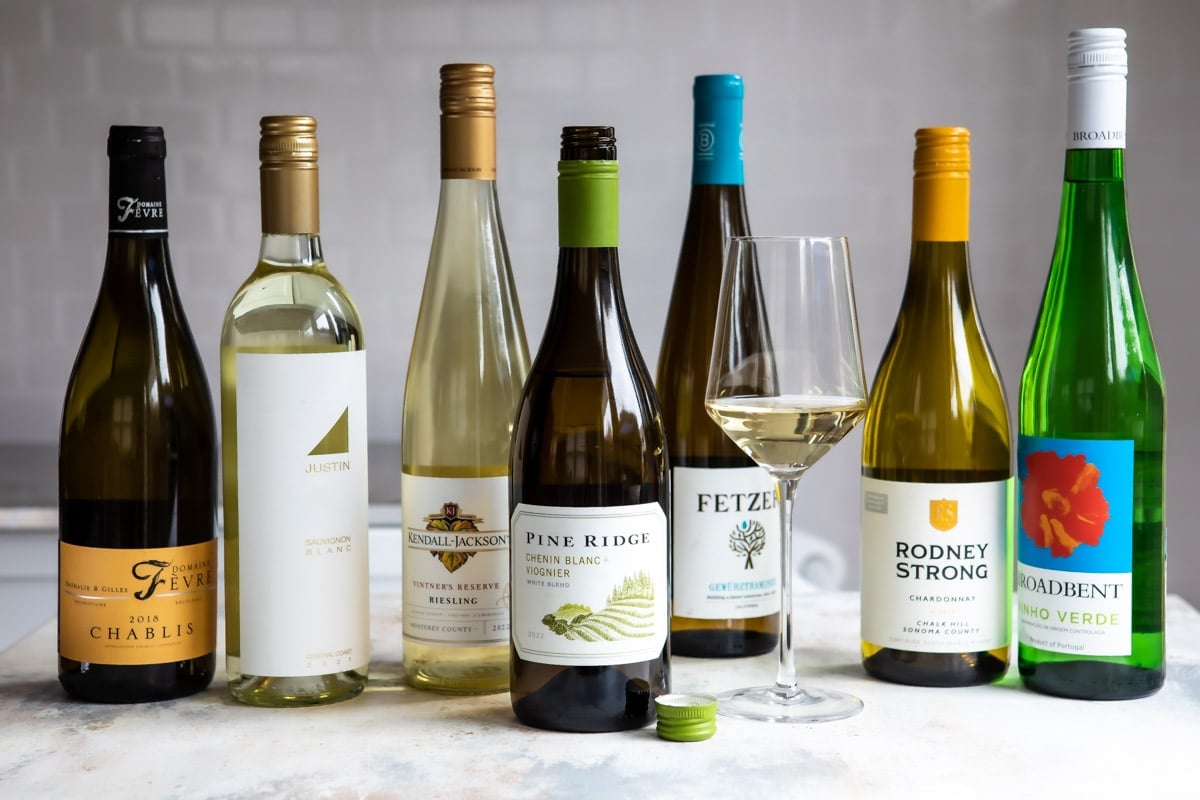
Myth: Always pair meat with red wine and fish with white wine.
As you may have spotted in my guides to wine basics, you have a lot more flexibility than this. Some richer, fuller-bodied whites go marvelously with red meat, depending on the sauce and cooking style. (Try Chardonnay with Surf and Turf!) And low-alcohol, chilled red wines can be superb with salmon and other fattier fish.
My number one wine pairing rule is to drink what you enjoy; if you like the wine, you’ll like it paired with the recipe you’re eating. My second wine pairing rule? When in doubt, what grows together goes together. So if you’re serving an Italian Feast featuring antipasto, spaghetti and meatballs, and garlic bread, an Italian Montepulciano, Sangiovese, or Chianti is a lovely choice.
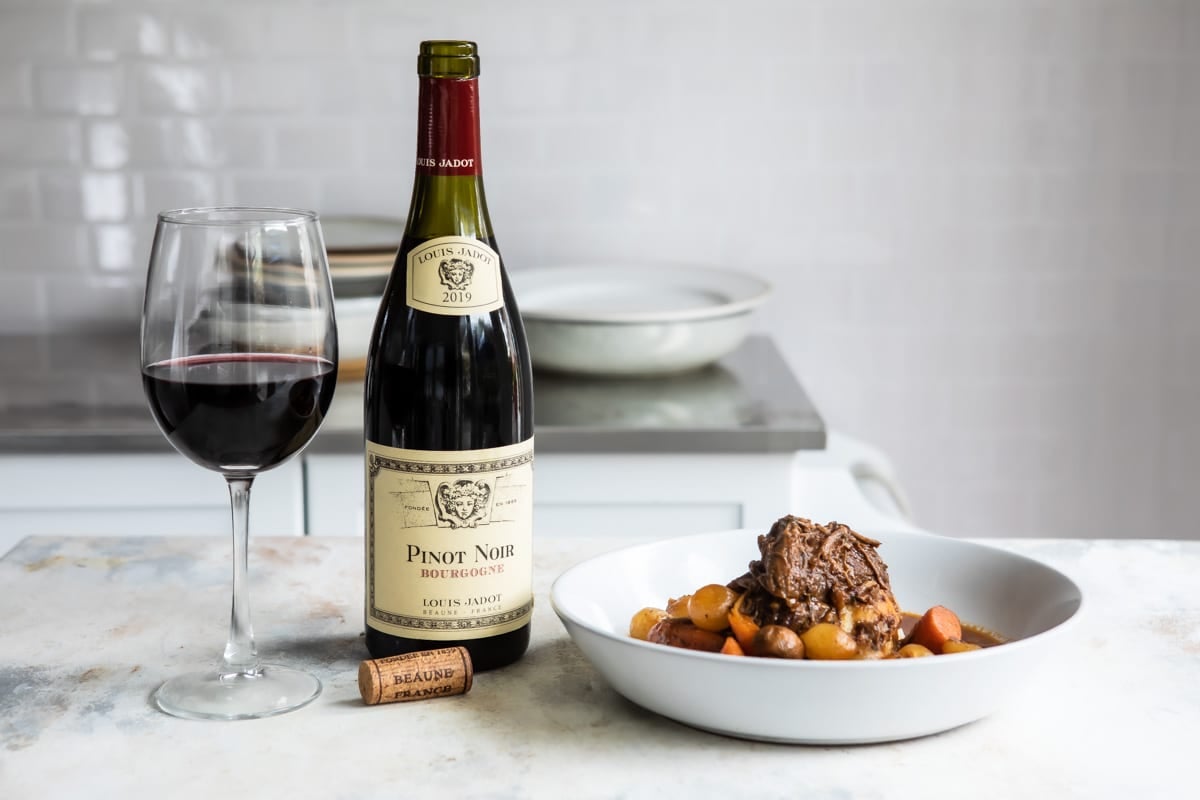
Myth: Wine blends are inferior to single-varietal wines.
In reality, several of the world’s most revered wines are blends, including Bordeaux, France’s Cabernet Sauvignon-Merlot magic, and Rhone Valley, France Grenache-Mouvédre combos. Some bottles feature dozens of different grapes, which the winemaker carefully selects to deliver the final flavor, aroma, and body they’re aiming to achieve.
You will probably drink wine blends that aren’t your favorite, just like you’ll pour single varietals that aren’t a match. The variety and diversity of the wine market are two of many reasons why uncorking a new bottle is so much fun.
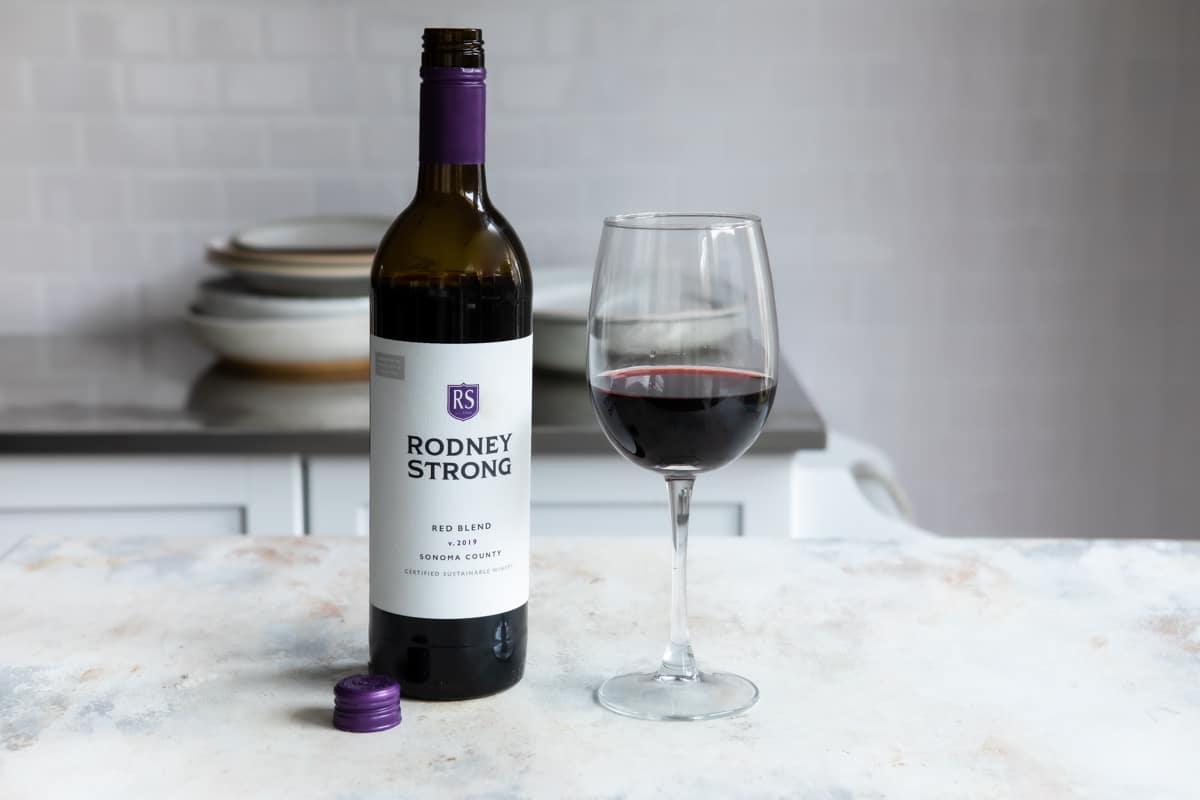
Myth: Natural or sulfite-free wines won’t give you a hangover.
“Natural” doesn’t have a technical definition in the wine world, but generally, vinos fall into this category if they’re “low-intervention wines,” or don’t have additives or preservatives (such as sulfites) included. For decades, people have claimed that the sulfites in wines are what trigger headaches, and others swear it’s the tannins in red wine.
The truth? All wines actually contain some natural sulfites, and some winemakers simply add a tiny bit extra to extend the wine’s life. If you drink a lot of any wine, including the natural style or tannin-free white wines, you are at higher risk for a headache or a hangover. The alcohol content in wine is what really is at the root of your brain pain or next-day grogginess.
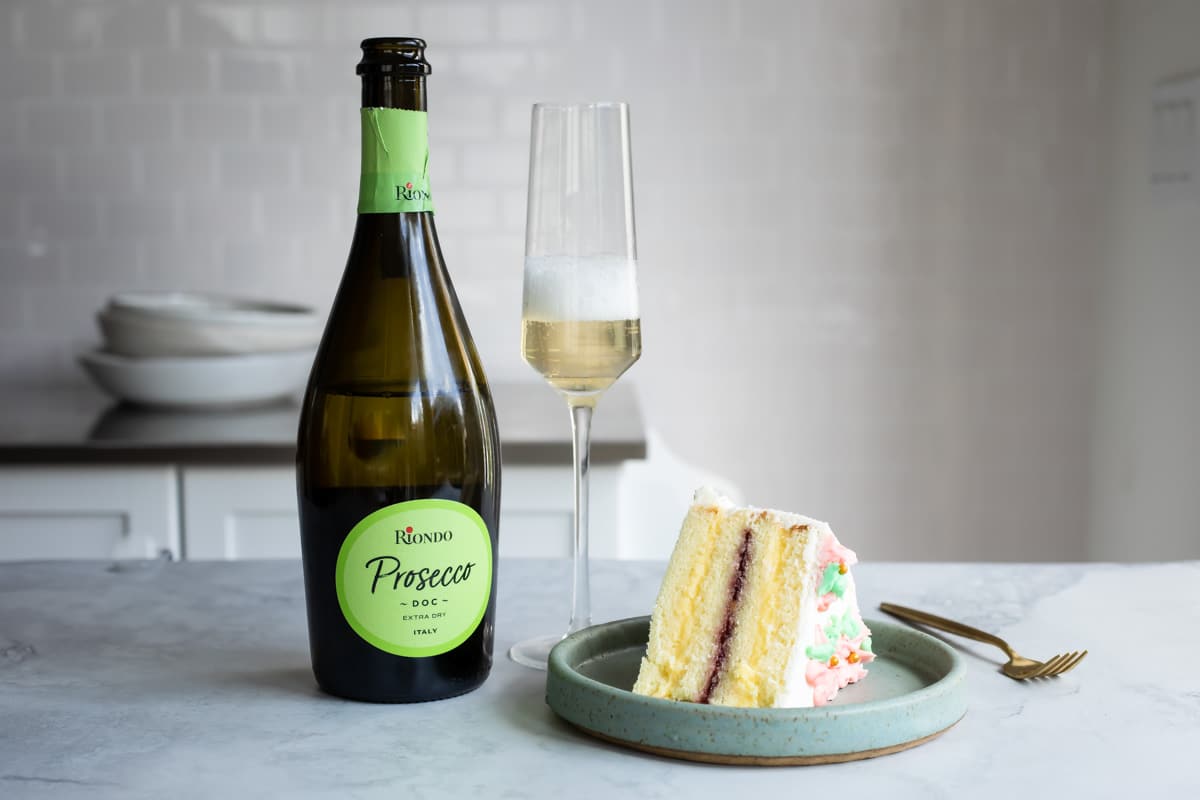
Meggan Hill is a classically-trained chef and professional writer. Her meticulously-tested recipes and detailed tutorials bring confidence and success to home cooks everywhere. Meggan has been featured on NPR, HuffPost, FoxNews, LA Times, and more.
Is it okay to chill red wine? The flavor is more subdued, but it’s more refreshing.
Hi Nick, you can honestly do whatever you want. I agree with you, I prefer all wine chilled, no matter what it is. Maybe I’m missing out on the “pistachio notes” or whatever is in the wine, but it’s just more refreshing cold. I agree with you completely, and you said it so well. -Meggan